One of the most important responsibilities that a parent or caregiver has is to ensure the health and proper development of their children. A major part of this responsibility is protecting their children from preventable diseases. Proper and timely vaccination for kids is the safest and most effective way for building their immunity against numerous life-threatening diseases.
Why Is Vaccination Important for Kids?
Starting from the BCG vaccine that is given at birth to the hepatitis B vaccine, DPT vaccine, polio vaccine, the measles, mumps, and rubella vaccine, and many more, each vaccination is designed to prepare a child’s immune system to fight illnesses and infections before they come across them. Timely vaccination for kids in India prevents serious illnesses, fights against vaccine-preventable diseases, reduces the risk of complications and hospitalisations, and ensures the healthy growth and development of children.
What Are Vaccine-Preventable Diseases?
Vaccine-preventable diseases refer to the conditions or illnesses that are caused by viruses and bacteria but can be prevented by vaccines. Whooping cough (pertussis), measles, mumps, rubella, polio, hepatitis B, tuberculosis, diarrhoeal diseases, and pneumococcal diseases are some examples of these diseases that can be prevented using the DPT vaccine, BCG vaccine, hepatitis B vaccine, measles, mumps, and rubella vaccine, polio vaccine, rotavirus vaccine, and pneumococcal vaccine for kids.
Important Vaccines to Know about
- BCG Vaccine: The Bacillus Calmette–Guérin or BCG Vaccine prevents tuberculosis. This vaccination for kids is given at birth.
- Pentavalent: The pentavalent vaccine reduces the number of pricks in vaccination for kids by combining the Diphtheria, Pertussis, Tetanus (DPT) vaccine, hepatitis B vaccine, and Haemophilus Influenzae Type B (Hib) influenza vaccine for kids into a single vaccine. It protects against diphtheria, pertussis, tetanus, hepatitis B, and pneumonias.
- DPT Vaccine: Fights diphtheria, pertussis, and tetanus.
- Hepatitis B Vaccine: Fights liver infections.
- Hib Vaccine: An influenza vaccine for kids that protects against various types of pneumonia.
- Polio Vaccine: The polio vaccine for kids protects against polio and is of two types – the OPV vaccine and the IPV vaccine. The oral poliovirus vaccine (OPV) contains a weakened live virus and is administered orally. The inactivated poliovirus vaccine (IPV) contains a killed virus and is administered as a shot.
- Pneumococcal Conjugate Vaccine: The PCV vaccine protects against diseases caused by the Streptococcus pneumoniae bacteria, including pneumonia, sepsis, and meningitis.
- Rotavirus Vaccine: Protects against rotavirus, which is a common cause of diarrhoea and vomiting, especially in infants and young children.
- Measles, Mumps, and Rubella Vaccine: The MMR vaccine for kids combines three vaccines in one and helps protect kids from measles, mumps, and rubella, which are potentially serious viral illnesses.
- Hepatitis A Vaccine: Causes the body to produce its own antibodies against infections caused by the hepatitis A virus.
- Varicella Vaccine: Provides kids with lifelong protection against chickenpox.
- Tetanus: Usually administered as part of the DPT vaccine, the tetanus vaccine reduces the risk of getting tetanus, a bacterial infection that is potentially fatal.
- Japanese Encephalitis Vaccine: Only administered in endemic areas, this vaccine protects against severe brain inflammation that is caused by the mosquito-borne Japanese Encephalitis virus.
Basic Schedule for Vaccination for Kids in India
|
S. No. |
Name of the Vaccine |
Dose |
Route |
Site |
|
At Birth |
||||
|
1 |
Bacillus Calmette–Guérin (BCG) Vaccine |
0.1 ml |
Intramuscular |
Upper arm |
|
2 |
Hepatitis B Vaccine |
0.5 ml Birth Dose |
Intramuscular |
Anterolateral side, mid-thigh |
|
3 |
Oral Polio Vaccine (OPV) |
2 Drops Dose 0 |
Oral |
Oral |
|
6 Weeks of Age |
||||
|
4 |
Pentavalent Vaccine |
0.5 ml Dose 1 |
Intramuscular |
Anterolateral side, mid-thigh |
|
5 |
OPV |
2 Drops Dose 1 |
Oral |
Oral |
|
6 |
Inactivated Polio Vaccine (IPV) |
0.1 ml in Two Fractional Doses Dose 1 |
Intradermal |
Right upper arm |
|
7 |
Pneumococcal Conjugate Vaccine (PCV) |
0.5 ml in Two Primary Doses Dose 1 |
Intramuscular |
Anterolateral side, mid-thigh |
|
8 |
Rotavirus Vaccine (RVV) |
5 drops (Liquid Vaccine) 2.5 ml (Lyophilised Vaccine) Dose 1 |
Oral |
Oral |
|
10 Weeks of Age |
||||
|
9 |
Pentavalent Vaccine |
0.5 ml Dose 2 |
Intramuscular |
Anterolateral side, mid-thigh |
|
10 |
OPV |
2 Drops Dose 2 |
Oral |
Oral |
|
11 |
RVV |
5 drops (Liquid Vaccine) 2.5 ml (Lyophilised Vaccine) Dose 2 |
Oral |
Oral |
|
14 Weeks of Age |
||||
|
12 |
Pentavalent Vaccine |
0.5 ml Dose 3 |
Intramuscular |
Anterolateral side, mid-thigh |
|
13 |
OPV |
2 Drops Dose 3 |
Oral |
Oral |
|
14 |
IPV |
0.1 ml in Two Fractional Doses Dose 2 |
Intradermal |
Right upper arm |
|
15 |
PCV |
0.5 ml in Two Primary Doses Dose 2 |
Intramuscular |
Anterolateral side, mid-thigh |
|
16 |
RVV |
5 drops (Liquid Vaccine) 2.5 ml (Lyophilised Vaccine) Dose 3 |
Oral |
Oral |
|
9 Months of Age |
||||
|
17 |
Measles, Mumps, Rubella (MMR) Vaccine |
0.5 ml Dose 1 |
Subcutaneous |
Anterolateral side, mid-thigh Or Right upper arm |
|
18 |
PCV – Booster |
0.5 ml Booster Dose |
Intramuscular |
Anterolateral side, mid-thigh |
|
19 |
Japanese Encephalitis (JE) Vaccine |
0.5 ml Dose 1 |
Subcutaneous (Live Attenuated Vaccine) Or Intramuscular (Killed Vaccine) |
Left upper arm (Live attenuated vaccine) Or Anterolateral aspect of mid thigh (Killed vaccine) |
|
12 Months of Age |
||||
|
20 |
Hepatitis A Vaccine |
0.5 ml Dose 1 |
Intramuscular |
Anterolateral side, mid-thigh |
|
15 to 18 Months of Age |
||||
|
21 |
Diphtheria, Pertussis, Tetanus (DPT) Vaccine – Booster |
0.5 ml Booster Dose 1 |
Intramuscular |
Anterolateral side, mid-thigh |
|
22 |
Haemophilus Influenzae Type B (Hib) Vaccine – Booster |
0.5 ml Booster Dose 1 |
Intramuscular |
Anterolateral side, mid-thigh |
|
23 |
MMR Vaccine |
0.5 ml Dose 2 |
Subcutaneous |
Anterolateral side, mid-thigh Or Right upper arm |
|
24 |
Varicella Vaccine |
0.5 ml Dose 1 |
Subcutaneous |
Anterolateral side, mid-thigh Or Right upper arm |
|
25 |
Hepatitis A Vaccine |
0.5 ml Dose 2 |
Intramuscular |
Anterolateral side, mid-thigh |
|
4 to 6 Years of Age |
||||
|
26 |
DPT Vaccine – Booster |
0.5 ml Booster Dose 2 |
Intramuscular |
Anterolateral side, mid-thigh |
|
27 |
MMR Vaccine |
0.5 ml Dose 3 |
Subcutaneous |
Anterolateral side, mid-thigh Or Right upper arm |
|
28 |
Varicella Vaccine – Booster |
0.5 ml Booster Dose 1 |
Subcutaneous |
Anterolateral side, mid-thigh Or Right upper arm |
|
10 and 16 Years of Age |
||||
|
29 |
Tetanus (TT) Vaccine – Booster |
0.5 ml Booster Dose 1 & 2 |
Intramuscular |
Upper arm |
* The exact dosage, schedule, etc. may vary, so always consult a doctor first.
Vaccination Tips for Parents
- Consult a doctor for a vaccination schedule.
- Maintain a vaccination card and keep it updated.
- Do not skip or delay scheduled vaccination. In case the child is unwell, call the doctor.
- If a dose is missed, ask the paediatrician for a catch-up vaccination schedule.
- Only get vaccination done from authorised health centres.
Common Side Effects of Vaccination
Vaccines are generally safe. However, like any other medical intervention, they may cause certain side effects. The following are some common side effects of vaccination, which indicate the immune system’s response and can be managed with a cool compress and medication (if prescribed):
- Low-grade fever.
- Pain, redness, or swelling at the injection site.
- Reduced appetite for 1 or 2 days after vaccination.
- Drowsiness.
- Fussiness.
- A small rash or fever that lasts for a week after vaccination (especially after the MMR vaccine).
When Should a Doctor Be Consulted?
There are certain symptoms or side effects that are extremely rare, but if they occur, immediate medical care must be sought. These include:
- Continuous crying for more than 3 hours (for infants).
- A high fever of more than 102° F (or 38.9° C) that lasts for more than 24 hours.
- Signs of a severe allergic reaction, like swollen lips, face, or throat or difficulty in breathing.
- Convulsion or seizure.
- Unusual lethargy.
- Unresponsiveness.
More than a routine, following the vaccination schedule for kids is a commitment that parents and caregivers are making to their child’s health, their family’s safety, and to the well-being of their community. Timely vaccination protects children from severe diseases and creates herd immunity. It is important for parents to stay informed and to consult with their paediatrician to ensure the safety and health of their child.













 7982100200
7982100200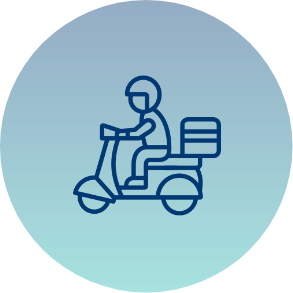

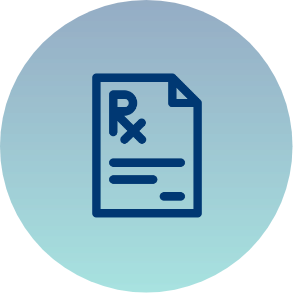


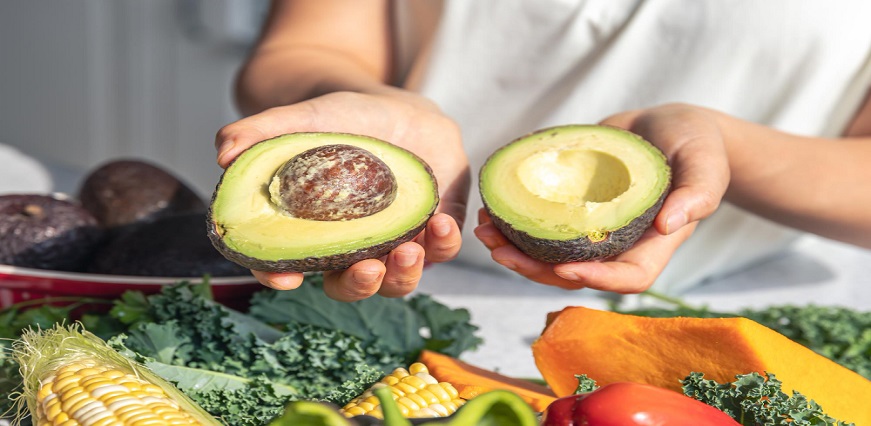

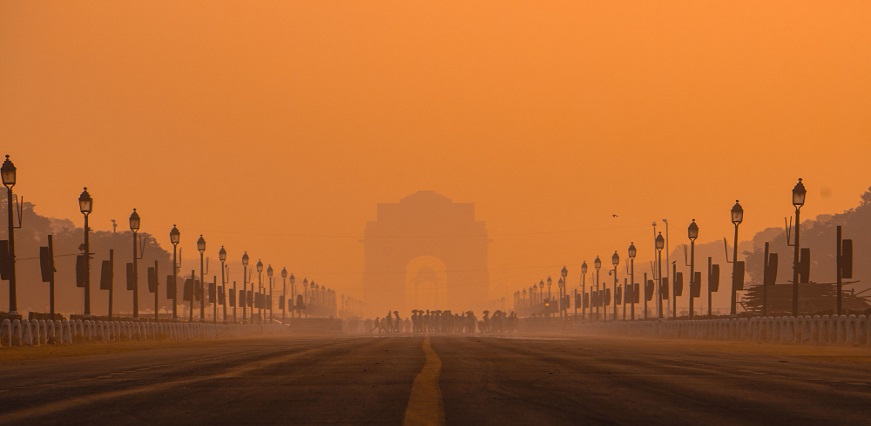

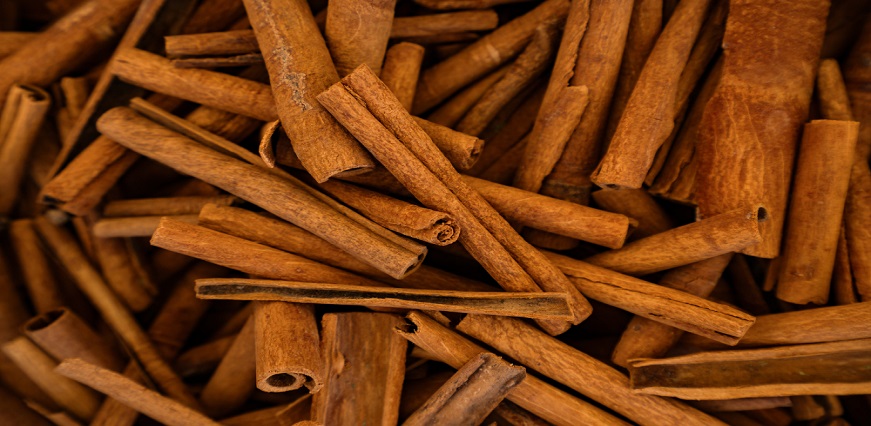

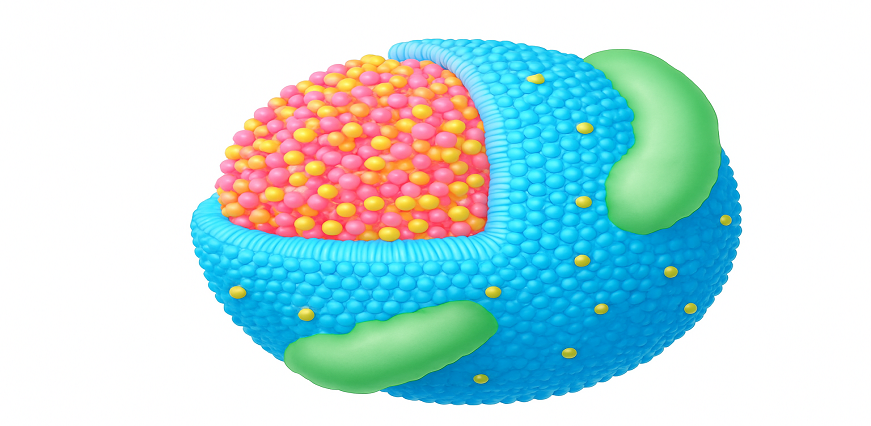




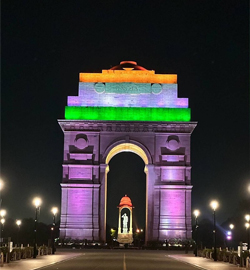

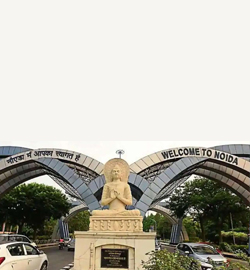

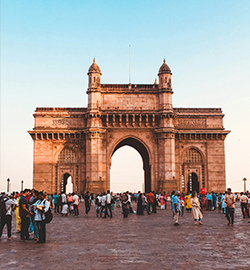
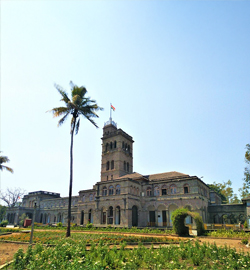



 To reach our help desk call 9213188888
To reach our help desk call 9213188888.png)
Comments